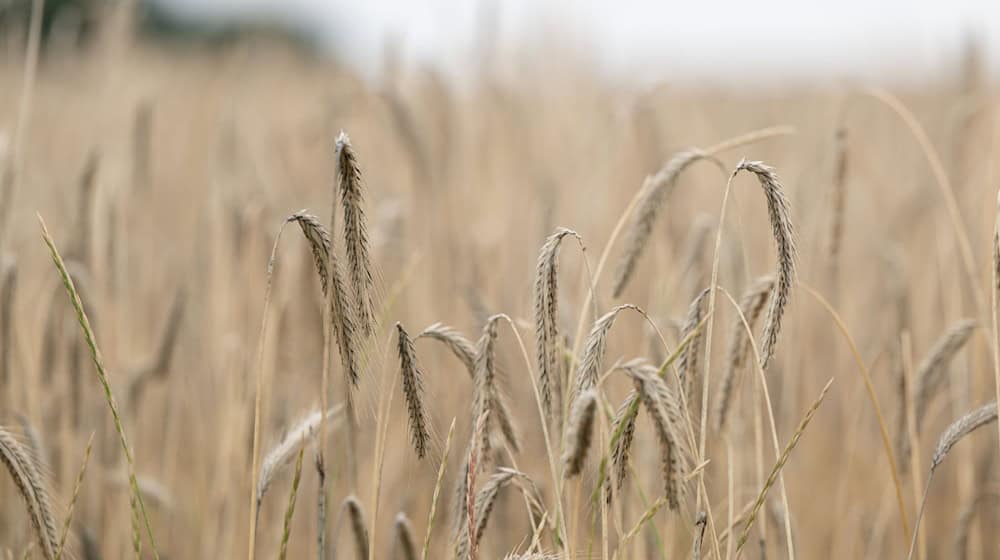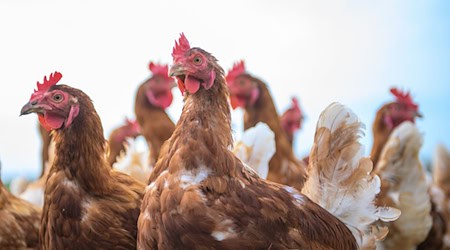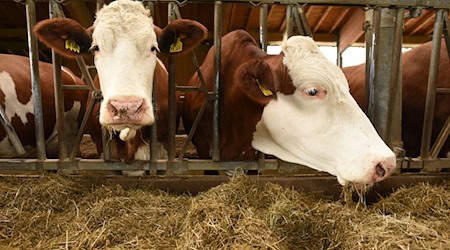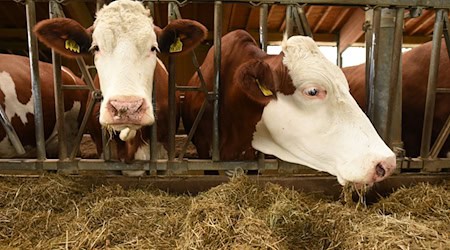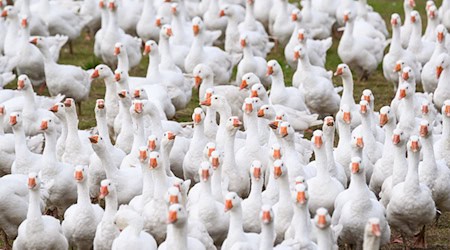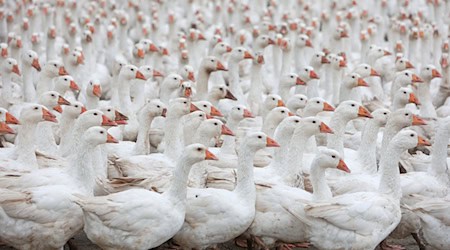The grain harvest in Saxony is progressing slowly due to the rain. Only around 60 percent of the winter barley has been harvested, and less than 5 percent of the winter wheat, said Andreas Jahnel, head of the arable and crop farming department of the Saxon Farmers' Association, to the German Press Agency. "In general, we need rain, but it's coming at the wrong time." The situation is not yet problematic, but it needs to get drier quickly so that the harvest can pick up speed.
According to the information, the situation varies from region to region. A lot of grain is still standing in fields in the mountains and foothills in particular. In contrast, the harvest in northern Saxony is comparatively far advanced.
Quality losses lead to deductions in prices
If the soil is too wet, farmers are unable to use their machines in the fields, explains Jahnel. The grain must also not be too wet at harvest. It would be fatal if the grains sprouted on the stalk. "I hope that doesn't happen." In general, quality losses lead to deductions in the already poor grain prices. This is currently a "huge dilemma" for farmers, the expert laments.
At least with winter barley, which is mainly used as animal feed, quite good results have been achieved so far. At around 84 decitons per hectare, the yield is above average, reports Jahnel. However, only average yields are expected for the other cereals. Less than 20 percent of rapeseed has been harvested across Saxony so far. So far, yields are just over 30 decitons per hectare.
"The window of opportunity is getting narrower and narrower"
According to earlier figures, Saxony's farmers are working a good 700,000 hectares of arable land this marketing year. Around 384,400 hectares of this is grain, including grain maize; winter oilseed rape grows on 109,000 hectares.
If rainy weather continues to slow down the harvest of cereals and rapeseed, farmers will come under increasing pressure. "The window of opportunity then becomes narrower and narrower," emphasizes Jahnel. On the one hand, the days become shorter, leaving less time for the harvest. On the other hand, the follow-up work in the fields, such as tilling the soil and sowing in the fall, becomes more urgent. Because for farmers, after the harvest is before the harvest: they then have to cultivate the fields for the coming year.
Copyright 2025, dpa (www.dpa.de). All rights reserved

